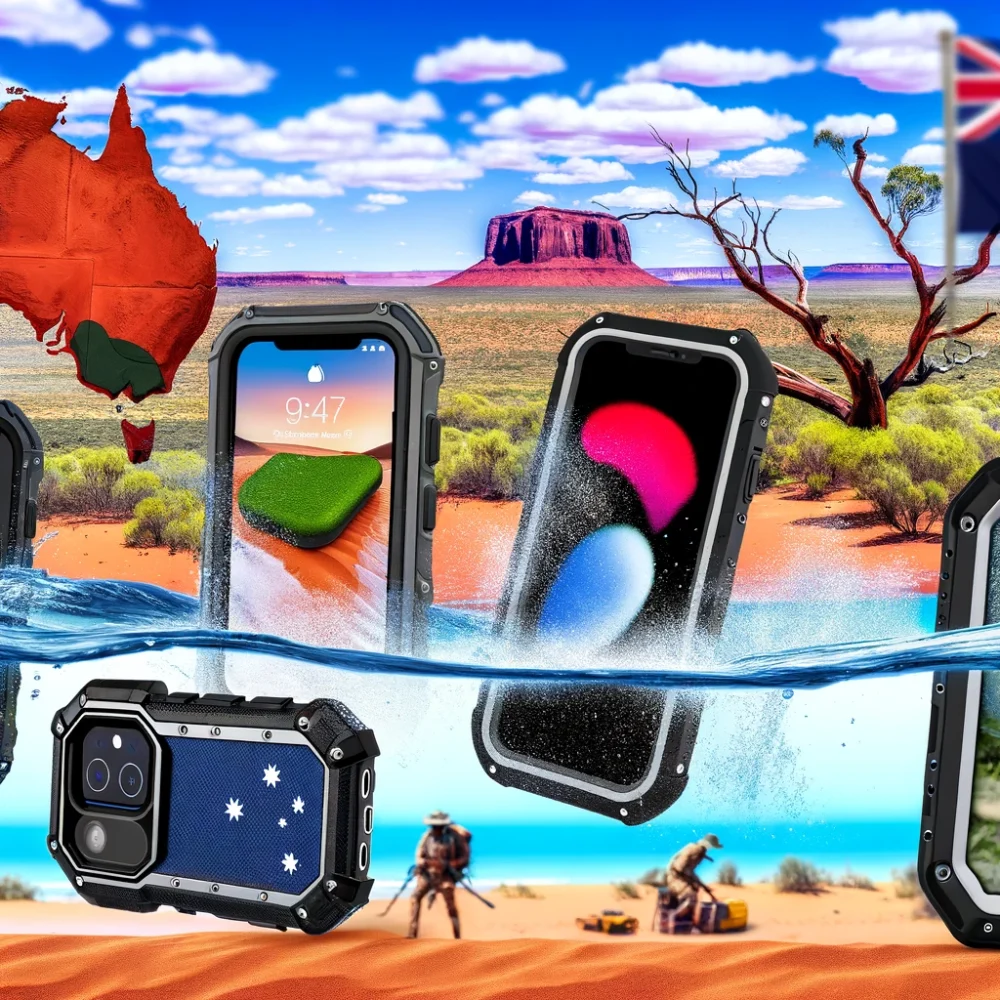Category Archives: IP Ratings

Understanding IP Ratings: A Guide to Waterproof and Dustproof Enclosures
In the world of electronics, the durability and ruggedness of a device often depend significantly on its IP rating. IP, or “Ingress Protection,” ratings are a standard set of codes used to define levels of sealing effectiveness of electrical enclosures against intrusion from foreign bodies (tools, dirt, etc.) and moisture. This guide will delve deep into what these ratings mean and how they apply to everyday devices.
What is an IP Rating?
An IP rating is a two-digit grading system defined by the International Electrotechnical Commission (IEC). The code classifies the degrees of protection provided against the intrusion of solid objects (including body parts like hands and fingers), dust, accidental contact, and water in electrical enclosures.
The first digit indicates the level of protection that the enclosure provides against access to hazardous parts and the ingress of solid foreign objects. This ranges from 0 (no protection) to 6 (dust tight). The second digit defines the level of protection against the ingress of water, with ratings that range from 0 (no protection) to 9K (protection against high-pressure, high-temperature jet sprays, steam-cleaning, or washdowns).
Common IP Ratings and Their Meaning
- IP67: This is one of the most common ratings for consumer devices. It means the device is completely protected against dust (6) and can withstand up to 30 minutes of immersion in water up to 1 meter deep (7).
- IP68: Devices with this rating offer the same level of dust protection but can handle continuous immersion in water beyond 1 meter, often specified by the manufacturer.
- IP69K: Designed for high-pressure, high-temperature washdown environments. This rating is typically found in devices that need to withstand rigorous cleaning processes, such as food processing equipment or high-performance lights in harsh environments.
Applications of IP Ratings
IP ratings are crucial for users who need reliable devices in various environments. For instance, smartphones, cameras, and wearable devices often come with IP67 or IP68 ratings, ensuring they can withstand accidental drops into water or exposure to dusty conditions. Additionally, industrial and outdoor equipment are designed with higher IP ratings to guarantee performance in extreme conditions.
Why IP Ratings Matter
Understanding the IP rating of your device can help you make more informed decisions about its usage and maintenance. For outdoor or rugged use, a higher IP rating is a key indicator of a device’s ability to withstand harsh environmental conditions. It also affects the longevity and reliability of the equipment, directly impacting operational costs and maintenance needs.
Conclusion
IP ratings provide a standardized measure to gauge the protective capabilities of enclosures for electronic equipment against foreign bodies and moisture. Whether you’re choosing a smartphone, setting up outdoor lighting, or selecting equipment for industrial use, understanding these ratings can help ensure you choose products that match your environmental needs and durability requirements.
The Best IP-Rated Cases for Australian Adventures
The Best IP-Rated Cases for Australian Adventures Australia offers an extraordinary backdrop for adventure enthusiasts, [...]

